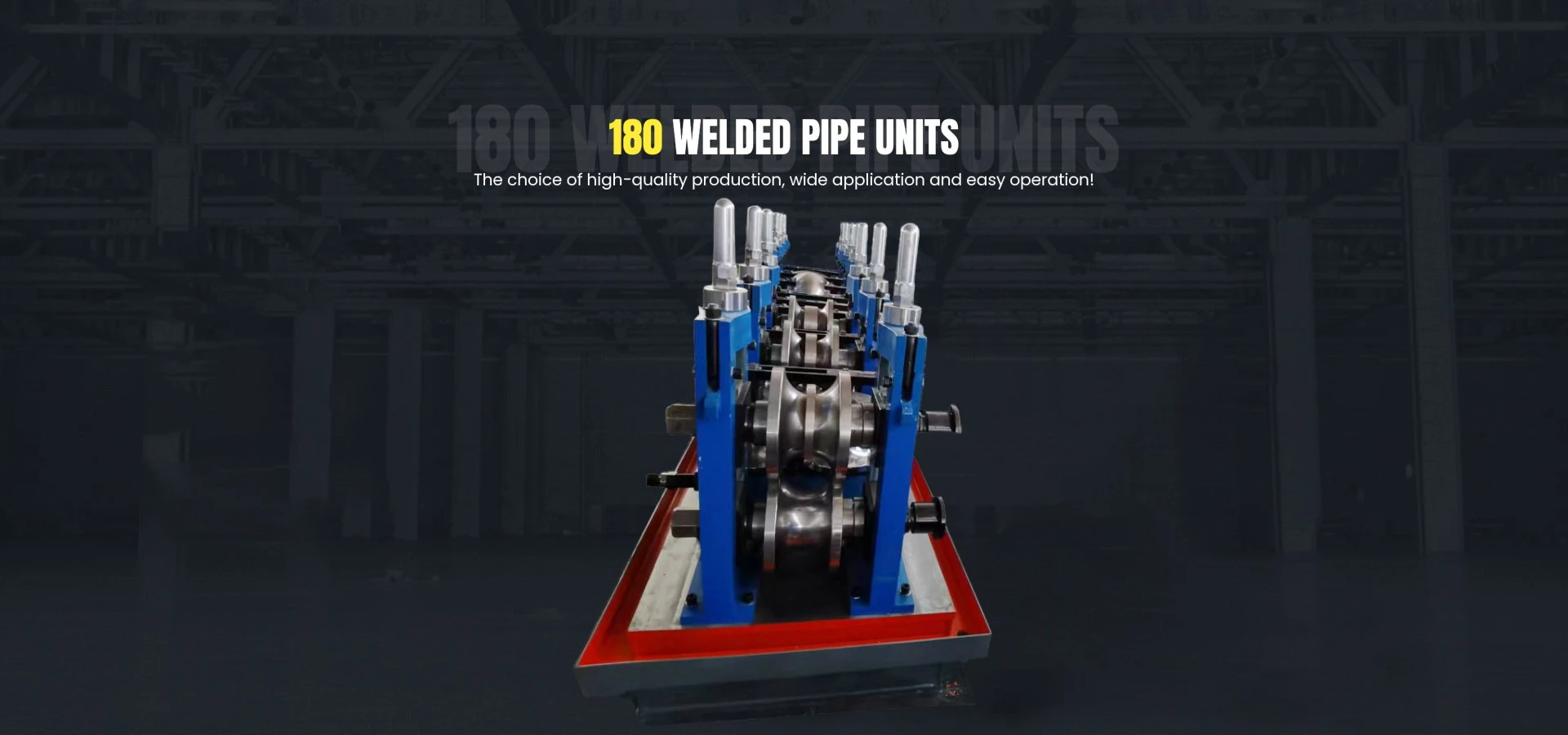rod straightening and cutting machine
Rod Straightening and Cutting Machine Revolutionizing Metal Processing
In the metalworking industry, precision and efficiency are paramount. Among the various machinery that enhance productivity, the rod straightening and cutting machine has emerged as a crucial tool for fabricators and manufacturers. This machine not only streamlines the process of creating straightened rods but also offers precise cutting solutions, making it indispensable in modern metal processing.
Understanding the Functionality
A rod straightening and cutting machine is designed to handle various types of metal rods, such as steel, aluminum, and copper. The process begins with loading the raw, coiled, or bent material into the machine. Through a series of rollers and aligners, the machine systematically straightens the rods to achieve the desired accuracy.
The alignment process typically involves a series of adjustable rollers that exert the perfect amount of pressure needed to rectify bends without damaging the metal’s integrity. This is especially important, as metal can lose its structural integrity if subjected to excessive force or heat. By using controlled pressure, the machine ensures that each rod is uniformly straightened.
Once the rods are straightened, the cutting mechanism comes into play. This feature is particularly valuable as it allows for precise length cuts tailored to specific project requirements. Many machines incorporate programmable systems that allow operators to input exact measurements, enhancing the accuracy of the cuts. This not only reduces material waste but also ensures that the pieces are ready for immediate use in various applications—from construction to automotive parts manufacturing.
Key Advantages
rod straightening and cutting machine

The benefits of investing in a rod straightening and cutting machine are manifold. First and foremost, it significantly increases production efficiency. Traditional methods of straightening and cutting rods can be time-consuming and labor-intensive, often resulting in inconsistent quality. In contrast, modern machines automate these processes, reducing the time taken from hours to mere minutes, while simultaneously enhancing the quality of the finished product.
Moreover, the precision offered by these machines minimizes the likelihood of human error. Manual operations are prone to mistakes, which can lead to significant setbacks, both in terms of time and material costs. By employing advanced technology, manufacturers can achieve high levels of accuracy, thereby enhancing overall product quality.
Another advantage is the reduction in labor costs. With machinery handling most of the processes, there is less reliance on manual labor. This enables companies to employ a smaller workforce, which can be trained to oversee machine operations rather than engage in repetitive manual tasks. Additionally, the ergonomic design of many machines also contributes to a safer workplace, reducing the incidence of workplace injuries associated with manual handling.
Applications in Various Industries
Rod straightening and cutting machines are versatile and find applications in numerous sectors. The construction industry often utilizes straightened rods for reinforcement in concrete structures. In automotive manufacturing, precise metal rods are critical for creating components that require durability and reliability. Other industries, such as aerospace and machinery manufacturing, also rely on the capabilities of these machines to produce high-quality, straightened, and cut metal rods tailored to their specific needs.
Conclusion
In summary, the rod straightening and cutting machine is a game changer for the metalworking industry. By automating and enhancing the processes of straightening and cutting, manufacturers can achieve greater productivity, reduced costs, and improved quality. As technology advances, these machines continue to evolve, becoming more efficient and user-friendly, thereby securing their place as a pivotal asset in modern metal processing. As industries increasingly demand precision and efficiency, the importance of such machinery will undoubtedly grow, shaping the future of manufacturing processes across the globe.
-
High Frequency Straight Seam Welded Pipe Production Line-BzZhou Xinghua Machinery Equipment Manufacturing Co., LTD.|Precision Welding, High EfficiencyNewsJul.30,2025
-
High Frequency Straight Seam Welded Pipe Production Line|BzZhou Xinghua|Precision Welding&EfficiencyNewsJul.30,2025
-
High Frequency Straight Seam Welded Pipe Production Line - BzZhou Xinghua|Precision Engineering&EfficiencyNewsJul.30,2025
-
High-Frequency Straight Seam Welded Pipe Production Line-BzZhou Xinghua Machinery Equipment Manufacturing Co., LTD.NewsJul.30,2025
-
High-Frequency Straight Seam Welded Pipe Production Line-BzZhou Xinghua Machinery Equipment Manufacturing Co., LTD.|Precision Manufacturing, High EfficiencyNewsJul.30,2025
-
High Frequency Straight Seam Welded Pipe Production Line-BzZhou Xinghua Machinery Equipment Manufacturing Co., LTD.|Precision Steel Pipe Manufacturing&Industrial EfficiencyNewsJul.29,2025


